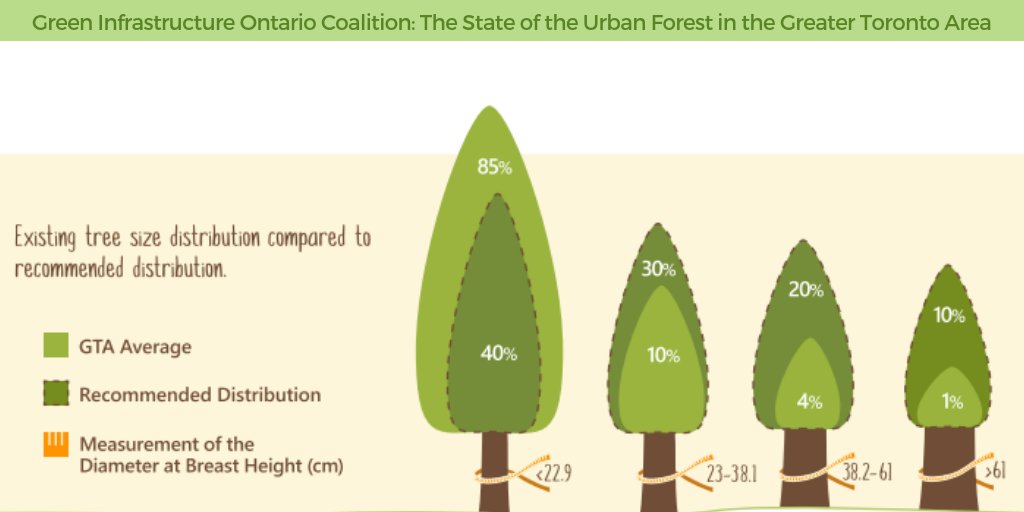Assessing Tree Health: Guidelines For Choosing Tree Elimination
Assessing Tree Health: Guidelines For Choosing Tree Elimination
Blog Article
Team Writer-Dale Colon
If you've ever before questioned the fate of the trees on your building, understanding when it's time for elimination is vital. But just how do you figure out if a tree can be saved or if removal is the only alternative? By trying to find particular indicators and examining security threats, you can make informed decisions that profit both your landscape and your environments. Let's check out the essential aspects that come into play when deciding the destiny of a tree and exactly how you can guarantee the most effective end result for your environment-friendly companions.
Indicators of Tree Decrease
If you notice any of the adhering to indicators of tree decrease in your yard, it may be time to take into consideration tree elimination.
One typical indicator is dead or rotting branches, which can suggest underlying problems influencing the tree's health. Watch out for blemished or wilted leaves that linger even with appropriate treatment, as this could be an indicator of disease or pests.
One more warning signal is excessive leaning or an obvious shift in the tree's base, which may recommend root issues or architectural instability. Watch out for fungal growth on the trunk or roots, as this can suggest rot and endanger the tree's stability.
Additionally, if you observe big splits in the trunk or significant arm or legs, it's critical to deal with these problems promptly to stop potential threats. Dealing with these signs of tree decline immediately can assist maintain the security and visual appeals of your backyard atmosphere.
Safety Issues
To make sure the health of your residential property and those around you, prioritizing safety worries associated with trees is vital. Trees can posture different safety and security threats otherwise correctly preserved. Dead or worn out branches might drop suddenly, endangering individuals or harmful frameworks.
Leaning trees can additionally be harmful, especially if they're leaning towards a structure or power lines. Furthermore, trees with substantial origin systems near foundations or below ground utilities can create considerable damage with time.
It's essential to regularly evaluate your trees for any type of indicators of prospective risk. Look out for splits in the trunk, large dental caries, or indications of illness and degeneration. If you notice any of these problems, it's finest to speak with an expert arborist to analyze the circumstance and figure out the essential strategy.
Taking proactive actions to address safety and security worries promptly can prevent accidents and home damage in the future. Remember, the safety of your property and those around you need to always be the top priority when it involves tree upkeep.
Consulting an Arborist
When considering the health and wellness of your trees, getting in touch with an arborist is a crucial action. Arborists are trained experts who specialize in the treatment and maintenance of trees. They can evaluate the general health and wellness of your trees, recognize any kind of issues such as conditions or architectural issues, and provide experienced referrals on the very best course of action.
By consulting an arborist, you can get important insights into the condition of your trees and figure out whether elimination is required. Arborists have the expertise and experience to assess the dangers related to keeping a tree versus removing it. They can additionally supply guidance on alternative services, such as trimming, cabling, or supporting, to aid maintain the tree whenever possible.
Additionally, arborists can aid you navigate any regional regulations or allows that might be needed for tree removal. https://www.beaconjournal.com/story/lifestyle/home-garden/2020/06/04/gardening-tips-for-weathering-extreme-weather/42236321/ -how can make sure that the procedure is performed safely and in conformity with any kind of relevant legislations.
Verdict
In conclusion, when establishing whether trees can be conserved or if removal is necessary, it is important to consider indicators of decrease and safety and security concerns. Consulting an arborist for an extensive assessment is necessary in making the most effective choice for the tree's wellness and potential hazards. Bear in mind, proactive treatment and timely activity can aid preserve trees and prevent crashes.
